Identifying the Culprit: The Mysterious Spinning Disease
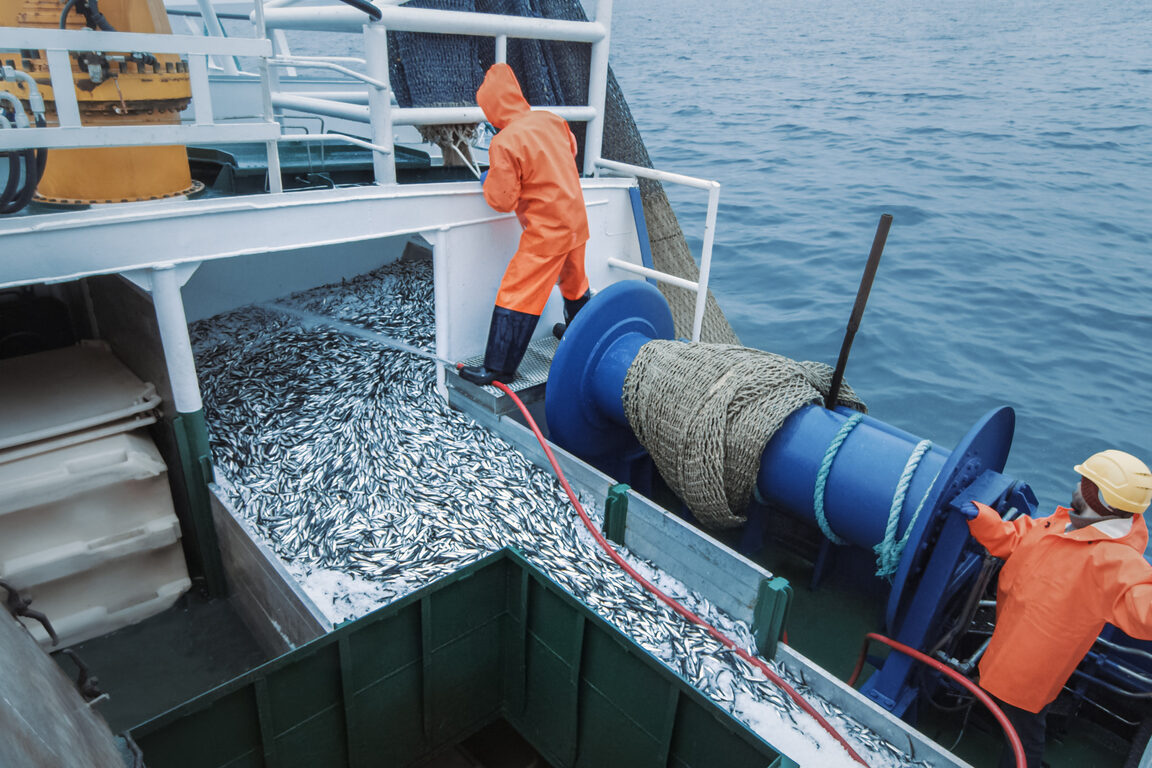
It started with a few fish behaving oddly—spinning in tight circles, bumping into rocks, and struggling to stay upright. At first, it seemed like an isolated quirk of nature, but soon, more fish exhibited the same bizarre symptoms, their shimmering bodies caught in an endless loop of disorientation. Scientists scrambled to understand what was causing this aquatic ballet of doom, and after extensive testing, they found a likely culprit: harmful algal blooms releasing neurotoxins into Florida’s waterways. These toxins attack the nervous system of fish, scrambling their ability to swim properly and making them easy prey for predators—or worse, leaving them to starve as they can’t navigate to food.
But the mystery doesn’t end there. Climate change and human pollution have supercharged these toxic blooms, creating the perfect storm for an ecological crisis. Researchers have also detected bacterial infections in affected fish, leading them to wonder: is this disease a one-two punch of toxins and pathogens? With fish populations crashing and local ecosystems at risk, the race to save Florida’s spinning fish isn’t just about wildlife—it’s about protecting entire aquatic food chains. And so, the first step in this battle is pinpointing every possible cause, because you can’t fight an enemy you don’t understand.
Monitoring and Mapping the Outbreak
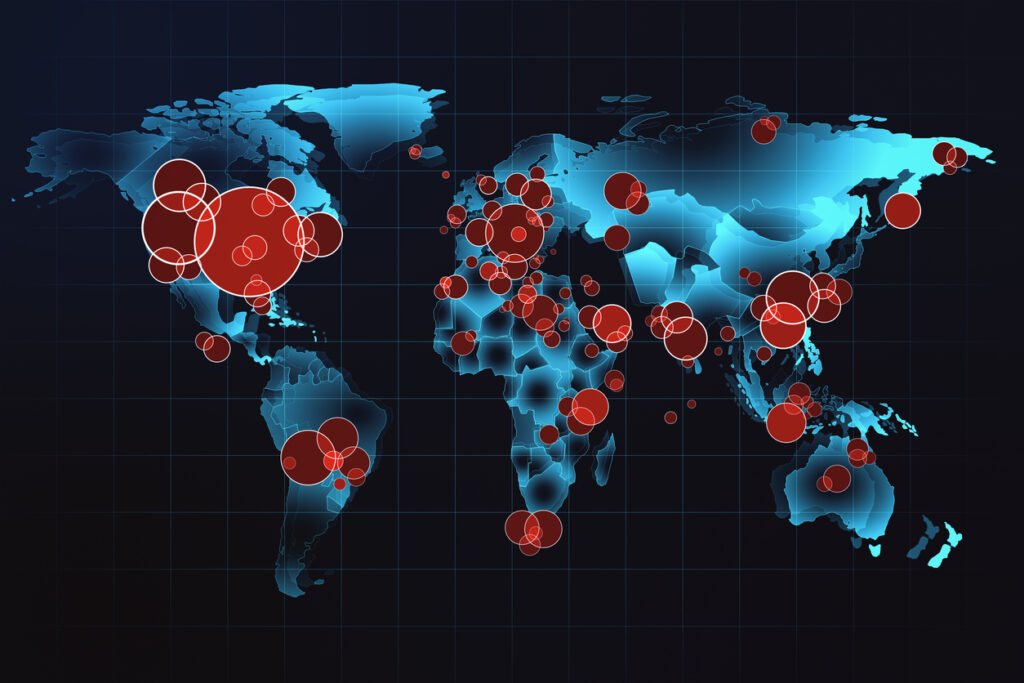
Once scientists identified the spinning disease, they had to track its spread before it spiraled out of control. Armed with underwater drones, GPS trackers, and water sampling kits, researchers set out to map the infected zones. It wasn’t just about watching fish; they needed to understand how the disease moved, what conditions made it worse, and whether it was linked to specific waterways. Some areas showed a sharp decline in fish populations, while others remained mysteriously untouched—raising new questions about what environmental factors played a role in the outbreak.
Citizen scientists, including local anglers and divers, also joined the effort, reporting sightings of spinning fish in real time. These grassroots observations helped create a constantly updated heat map of the crisis, allowing researchers to predict which areas might be hit next. But the real challenge? Understanding whether the fish that survived developed immunity—or if they were simply lucky enough to avoid exposure. Tracking the disease is only part of the solution. To truly combat it, scientists need to figure out what allows some fish to resist the neurological onslaught while others succumb.
Testing Water Quality and Contamination Levels
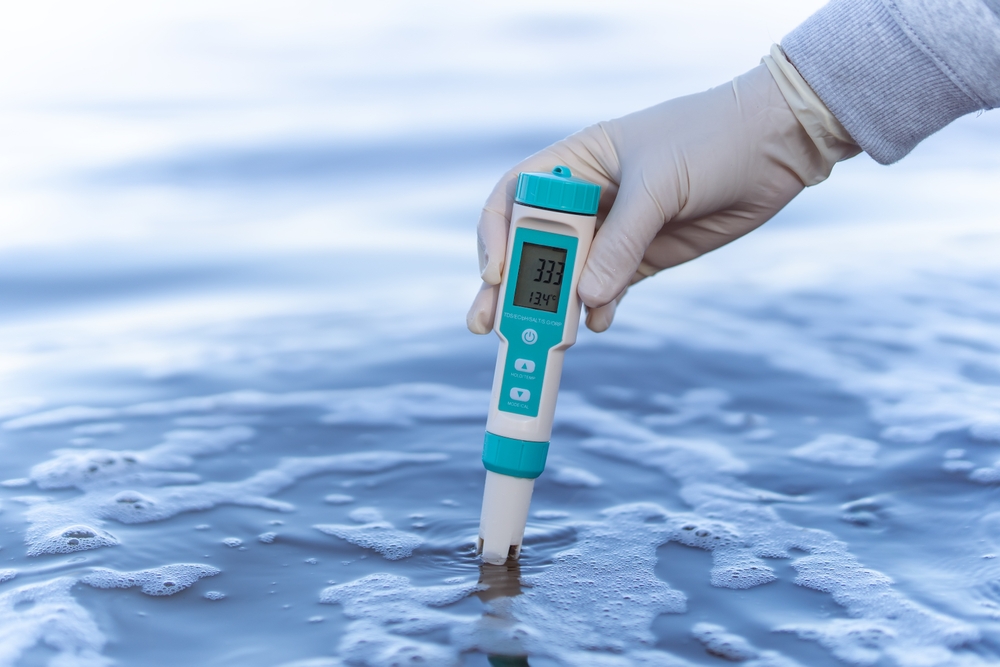
With a crisis brewing in Florida’s waterways, scientists turned their attention to the quality of the water itself. After all, if something in the environment was triggering mass fish confusion, then the water was the prime suspect. Researchers began extensive testing, analyzing pH levels, toxin concentrations, bacterial presence, and even heavy metal contamination. Early results pointed to alarming levels of neurotoxins produced by algae, particularly from cyanobacteria, which thrive in warm, stagnant waters loaded with nutrients from agricultural runoff and sewage leaks.
But it wasn’t just the algae. Scientists found traces of pesticides, industrial chemicals, and pharmaceutical residues in affected areas—substances that could be further weakening fish immune systems. This discovery raised bigger concerns: if fish were suffering from exposure to these pollutants, what did that mean for the people consuming them? The crisis wasn’t just an ecological disaster; it had public health implications as well. Researchers are now pushing for stricter pollution controls and better wastewater management, because cleaner water doesn’t just mean healthier fish—it means a healthier ecosystem for all.
Breeding Resilient Fish in Labs
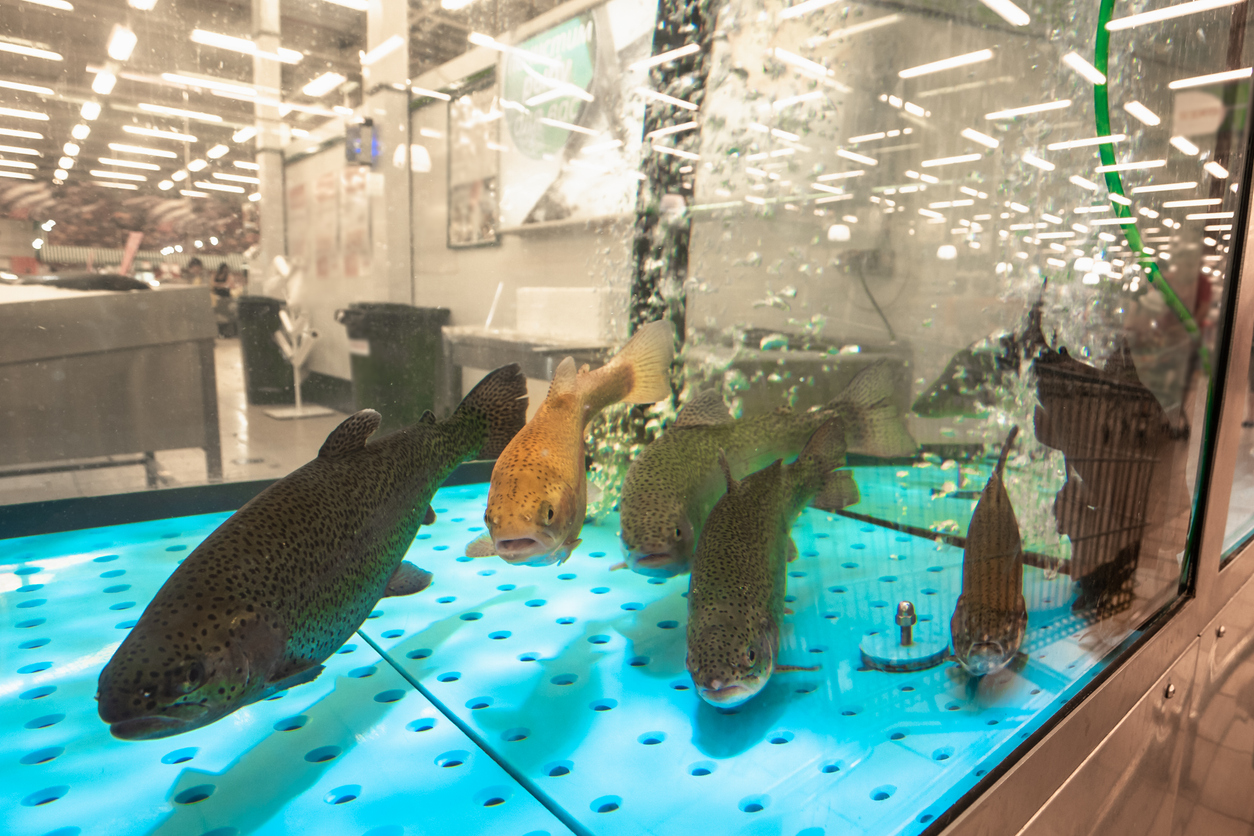
To fight a crisis in the wild, sometimes you have to start in the lab. Scientists are now selectively breeding fish that show resistance to the spinning disease, hoping to create a new generation capable of surviving in contaminated waters. By carefully monitoring which fish recover on their own and which ones are naturally resistant, researchers can breed stronger, more adaptable populations. These lab-raised fish are then reintroduced into the wild, where their genes could help rebuild struggling populations.
The process isn’t as simple as it sounds. Fish bred in captivity often struggle to survive once released, as they haven’t learned how to evade predators or forage efficiently. To combat this, scientists have designed special “training” tanks that mimic real-life conditions, complete with flowing currents, live prey, and even artificial predators. The goal? To produce fish that aren’t just physically resilient but behaviorally equipped for life in the wild. It’s a delicate balance between science and nature, but if successful, it could give Florida’s fish a fighting chance at survival.
Developing Algae-Control Methods
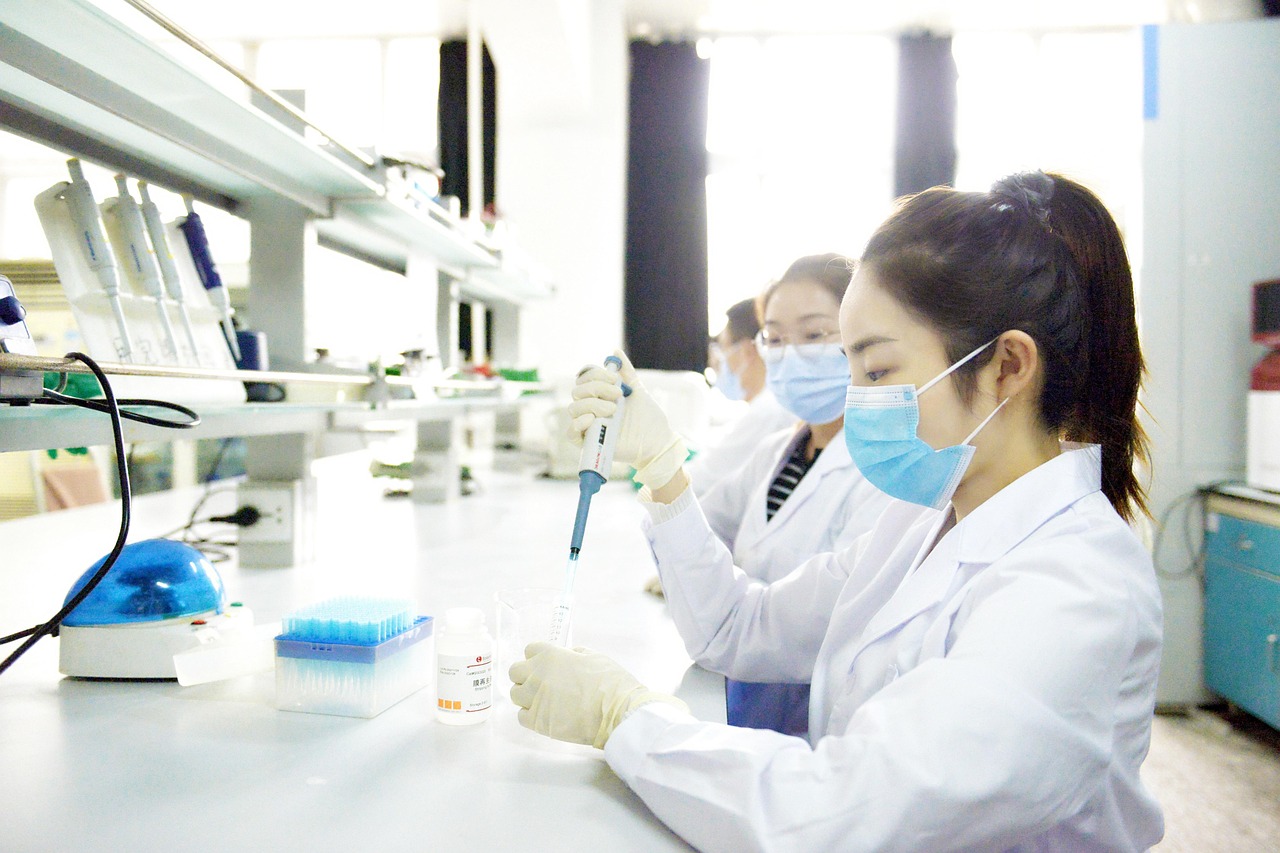
Since harmful algal blooms are a major suspect in the spinning fish crisis, researchers are working on ways to control them before they wreak havoc. Traditional methods like chemical treatments often cause more harm than good, killing beneficial aquatic life along with the toxic algae. So scientists have turned to more creative solutions—like using specially engineered bacteria that outcompete harmful algae without damaging the ecosystem.
Another promising method involves deploying clay particles that bind to algae and sink them to the seafloor, effectively removing the toxins from the water. Even better, some researchers are experimenting with artificial wetlands and floating plant islands that absorb excess nutrients before they can fuel algal blooms. These nature-based solutions could help keep the problem at bay without disrupting delicate marine food chains. But with climate change increasing the frequency of these blooms, scientists know they’re in a race against time.
Treating Infected Fish in Rehabilitation Centers
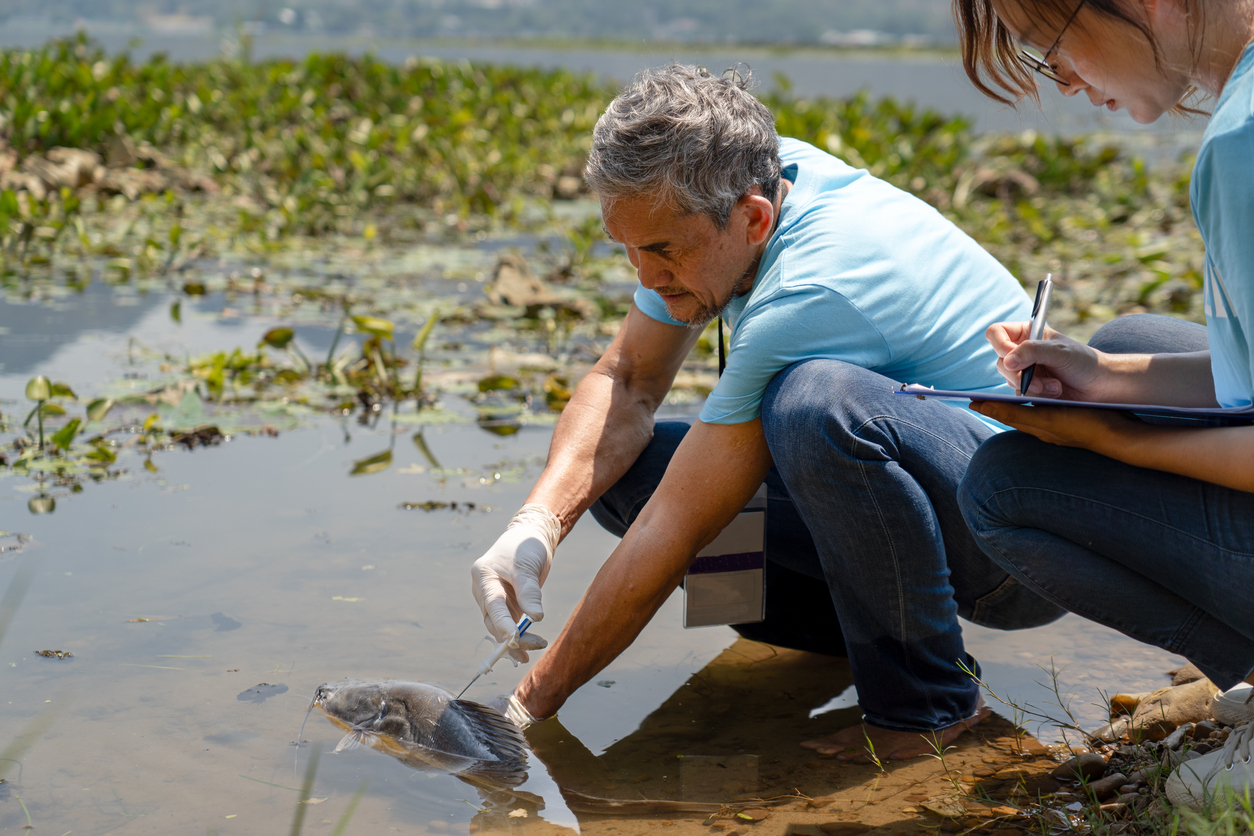
For fish that are too sick to recover on their own, specialized rehabilitation centers have become their last hope. Much like wildlife rescue hospitals for birds and mammals, these facilities provide controlled environments where fish can be monitored, medicated, and—if possible—nursed back to health. Scientists have been experimenting with detox treatments, using clean water systems and supplements to help fish flush out neurotoxins and regain their balance.
However, treating fish en masse presents a logistical nightmare. Unlike mammals, fish don’t show clear signs of recovery; a fish that appears healthy one moment could suddenly relapse into spinning the next. To tackle this, researchers have developed experimental drugs that target nerve damage, though widespread use is still in its early stages. For now, rehabilitating fish is a slow and unpredictable process—but every recovered individual is a step closer to understanding how to fight the disease in the wild.
Educating the Public on Preventing Further Damage

Science alone can’t fix this crisis—public action is just as crucial. Scientists have launched educational campaigns to inform locals about the dangers of feeding wildlife, dumping waste into waterways, and using fertilizers that contribute to algal blooms. Schools, fishing communities, and eco-tourism businesses are being roped into the effort, with hands-on conservation programs teaching people how small actions can make a big difference.
The goal isn’t just to raise awareness but to inspire real change. Many Floridians don’t realize that everyday choices—like washing their car near a storm drain or overwatering their lawn—can fuel pollution that exacerbates the crisis. By shifting mindsets and encouraging sustainable practices, scientists hope to curb future outbreaks before they start.
Restoring Natural Habitats to Support Recovery
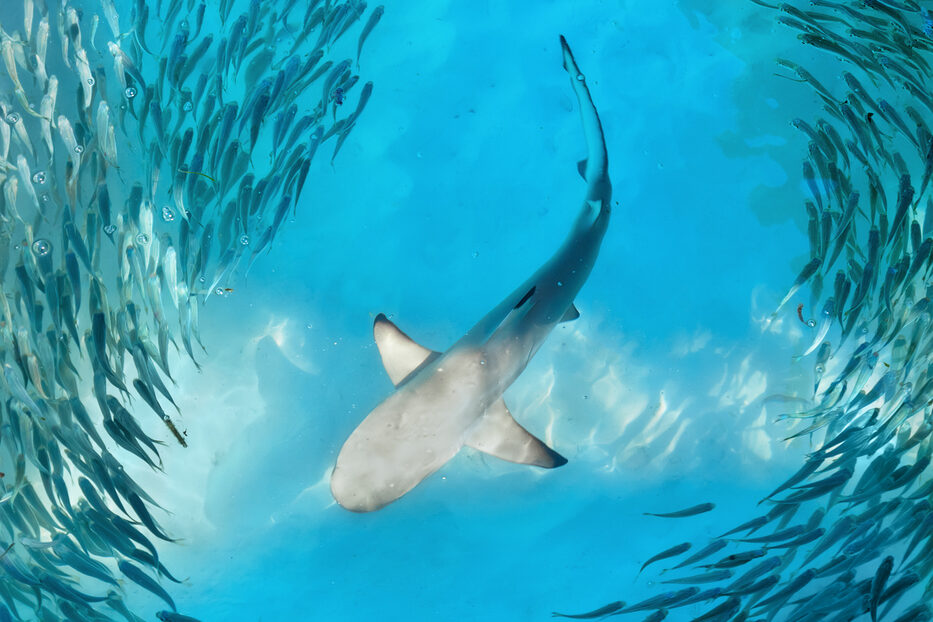
Even if scientists cure the spinning disease, Florida’s fish will still face a bigger challenge: finding a safe place to recover. Decades of habitat destruction have left many species struggling to survive, with wetlands drained, mangroves cleared, and coral reefs bleached beyond recognition. Scientists are now focusing on habitat restoration, replanting seagrass beds, rebuilding oyster reefs, and creating protected zones where fish can repopulate without human interference.
Restoration efforts don’t just benefit the fish—they create ripple effects throughout the ecosystem. A single healthy mangrove forest, for instance, can shelter thousands of juvenile fish, filtering pollution while stabilizing coastlines. If scientists succeed, they won’t just be saving a species; they’ll be repairing an entire underwater world. And maybe, just maybe, Florida’s spinning fish will have a future beyond their dizzying present.


